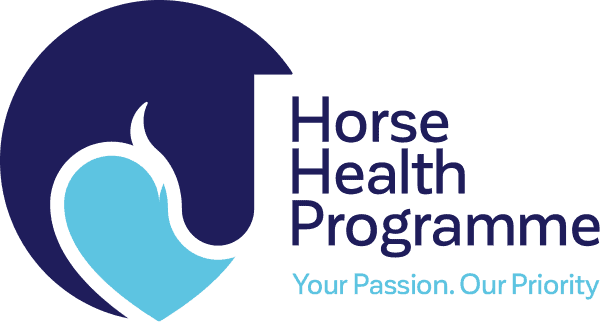A basic fitness plan for your horse
If your horse has had a period of time off, there are several things to consider before getting back in the saddle. Read our blog about Getting your horse back in shape for some handy tips of bringing your horse back into work safely whilst ensuring their health and well-being.
Assuming that your horse has been out of work for some weeks, they are likely to have lost some level of fitness and muscle mass/tone. This must be considered when putting a fitness plan together to ensure that the risk of injury is minimised.
A basic fitness programme
3-6 weeks of walking gradually, building up to an hour. Can combine with use of a horse walker. Ground poles can be used.
Followed by:
3-4 weeks of introducing trot work. Starting at 5 minutes per session, increasing by 5 minutes per week. Ground poles can be used. Mainly hacking with short schooling sessions.
Followed by:
3-4 weeks of introduction of canter work. Starting with 5 minutes per session increasing by 5 minutes per week. Raised poles can be introduced. Schooling sessions can be increased in length with the introduction of lateral work.
Followed by:
Jump work can now be gradually introduced. Build up approximately two times per week depending on the training needs of both horse and rider.
After around 9 weeks, your horse may be back to an adequate level of fitness for competition. Show and event organisers will be following the Government guidance closely as to when and how these events can recommence in the future.
Please note this is general guidance and all horses are individuals. If you have any concerns about progressing your horse to the next phase, keep them at the current workload until you are satisfied that they are coping. If your horse has been off due to an injury, continue to follow or seek advice from your vet for their rehabilitation back into work.
Safety first
Throughout the process of returning your horse to work using a fitness plan, your safety is the prime. There will be horses who will be feeling very fresh and you may be worried that, for example, they may have the potential to buck or spook. If it’s safe to do so, start by walking your horse in-hand. If this isn’t possible and you are concerned for your safety, you may need to consider lunging, but be aware that circles will add more stress and strain on your horse’s limbs at this early stage so don’t keep your horse on a 20 metre circle – instead move around the school to prevent injury to your horse.
Finally, keep assessing your horse’s recovery times and capability. Go back a step if necessary.





